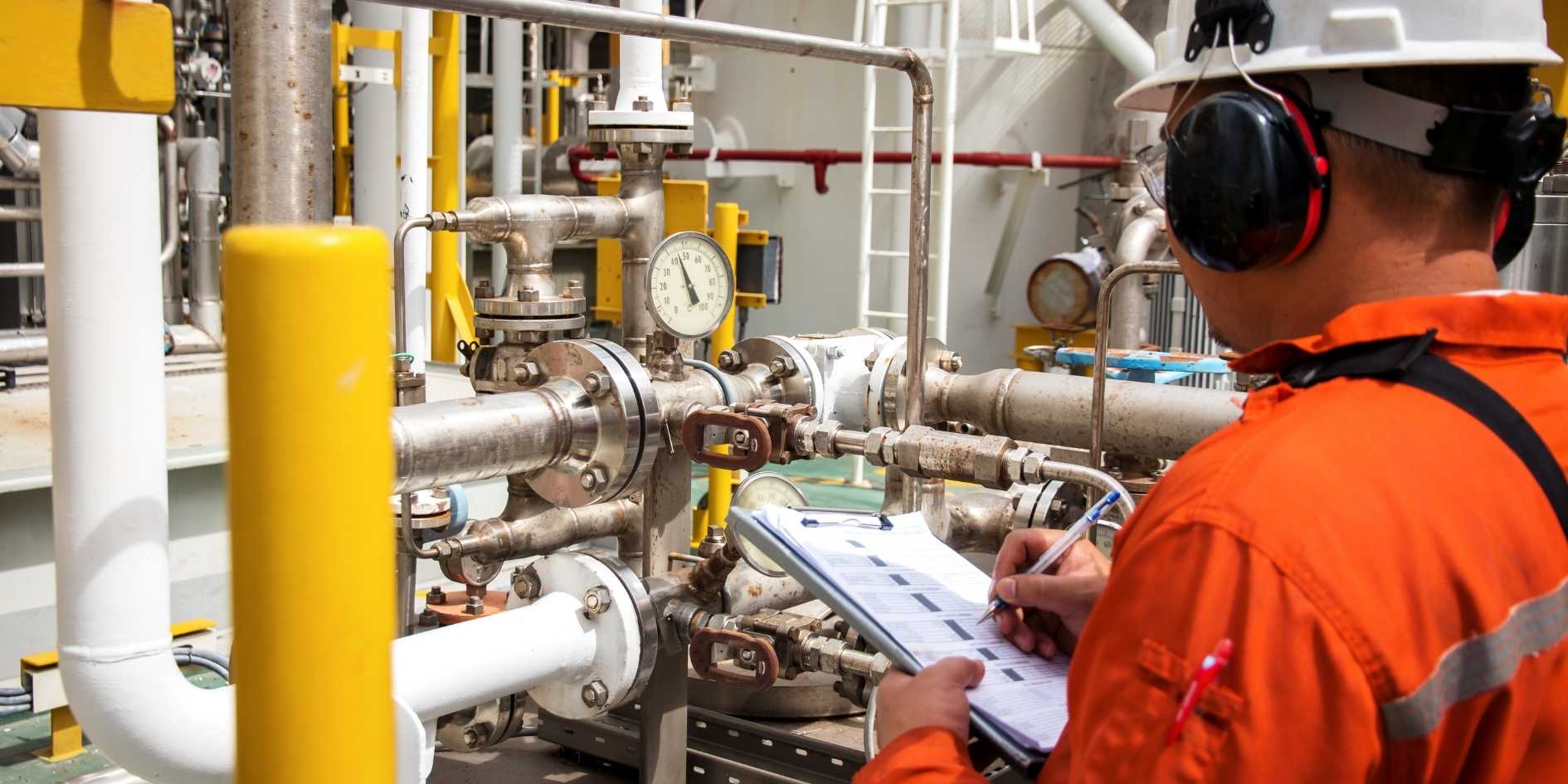Some Ideas on Roar Solutions You Need To Know
Some Ideas on Roar Solutions You Need To Know
Blog Article
An Unbiased View of Roar Solutions
Table of ContentsThe Ultimate Guide To Roar SolutionsThe Greatest Guide To Roar Solutions10 Simple Techniques For Roar Solutions
In order to shield installments from a prospective surge an approach of evaluating and categorizing a possibly hazardous location is required. The purpose of this is to make sure the appropriate option and setup of equipment to eventually avoid a surge and to make sure safety and security of life.
(https://roar-solutions-48388330.hubspotpagebuilder.com/roar-solutions/master-hazardous-area-safety-with-eeha-certificate-training)
No tools must be set up where the surface area temperature level of the tools is above the ignition temperature level of the provided risk. Below are some usual dirt dangerous and their minimal ignition temperature. Coal Dust 380C 225C Polythene 420C (thaws) Methyl Cellulose 420C 320C Starch 460C 435C Flour 490C 340C Sugar 490C 460C Grain Dirt 510C 300C Phenolic Material 530C > 450C Aluminium 590C > 450C PVC 700C > 450C Residue 810C 570C The likelihood of the danger being present in a focus high sufficient to create an ignition will vary from location to location.
Hazardous location electrical devices perhaps made for usage in higher ambient temperature levels. Area Repair By Authorised Employee: Complex testing may not be needed nevertheless certain treatments may require to be adhered to in order for the tools to preserve its third event ranking. Each item of tools with an unsafe ranking need to be evaluated individually.
Unknown Facts About Roar Solutions
The devices register is a detailed database of equipment documents that consists of a minimum set of areas to recognize each item's place, technological parameters, Ex classification, age, and environmental data. This information is essential for tracking and managing the devices successfully within hazardous areas. In comparison, for routine or RBI tasting examinations, the grade will be a mix of Detailed and Close examinations. The proportion of Comprehensive to Close examinations will be figured out by the Tools Threat, which is examined based on ignition danger (the chance of a resource of ignition versus the probability of a flammable atmosphere )and the hazardous location classification
( Zone 0, 1, or 2). This variation will certainly likewise influence the resourcing needs for work preparation. As soon as Whole lots are specified, you can develop sampling plans based on the sample dimension of each Whole lot, which describes the variety of arbitrary devices products to be evaluated. To figure out the needed sample dimension, two aspects require to be reviewed: the size of the Great deal and the category of assessment, which indicates the degree of initiative that need to be applied( decreased, regular, or increased )to the evaluation of the Whole lot. By integrating the group of examination with the Lot dimension, you can then establish the ideal being rejected criteria for an example, indicating the permitted number of malfunctioning items discovered within that example. For more details on this procedure, please describe the Energy Institute Standards. The IEC 60079 conventional recommends that the maximum period between inspections ought to not surpass three years. EEHA evaluations will certainly also be performed outside of RBI projects as part of scheduled upkeep and equipment overhauls or repair work. These examinations can be attributed towards the RBI example dimensions within the influenced Lots. EEHA assessments are conducted to identify mistakes in electric equipment. A weighted scoring system is vital, as a single tool might have several faults, each with differing levels of ignition risk. If the consolidated score of both assessments is much less than twice the fault rating, the Whole lot is regarded acceptable. If the Whole lot is still taken into consideration unacceptable, it must go through a full inspection or reason, which might activate more stringent assessment procedures. Accepted Great deal: The sources of any type of faults are identified. If an usual you could try here failure setting is located, additional tools may require maintenance. Mistakes are categorized by severity( Security, Stability, House cleaning ), ensuring that immediate issues are assessed and dealt with quickly to mitigate any kind of influence on safety or operations. The EEHA database should track and record the lifecycle of mistakes along with the rehabilitative actions taken. Carrying out a robust Risk-Based Examination( RBI )strategy is critical for making sure conformity and safety and security in taking care of Electrical Equipment in Hazardous Areas( EEHA) (Roar Training Solutions). Automated Mistake Rating and Lifecycle Monitoring: Easily handle mistakes and track their lifecycle to boost assessment accuracy. The intro of this support for risk-based evaluation further reinforces Inspectivity's setting as a best-in-class remedy for governing conformity, as well as for any kind of asset-centric evaluation usage case. If you have an interest in discovering more, we invite you to request a presentation and find exactly how our solution can transform your EEHA management processes.
Roar Solutions for Dummies

In regards to eruptive risk, a harmful area is an atmosphere in which an explosive atmosphere exists (or may be expected to be present) in amounts that need unique precautions for the building and construction, installation and use devices. hazardous area electrical course. In this short article we check out the obstacles encountered in the work environment, the danger control actions, and the called for competencies to work safely
It is a consequence of modern-day life that we manufacture, save or manage a series of gases or fluids that are regarded combustible, and a range of dusts that are regarded flammable. These materials can, in specific problems, create explosive environments and these can have major and unfortunate repercussions. The majority of us know with the fire triangular remove any type of among the 3 aspects and the fire can not take place, however what does this mean in the context of harmful areas? When breaking this down right into its most basic terms it is essentially: a combination of a certain quantity of launch or leak of a particular compound or material, mixing with ambient oxygen, and the visibility of a source of ignition.
In many circumstances, we can do little concerning the levels of oxygen airborne, however we can have considerable influence on resources of ignition, as an example electric equipment. Dangerous areas are recorded on the harmful area category drawing and are determined on-site by the triangular "EX LOVER" indication. Right here, among other vital information, areas are split right into 3 kinds depending on the risk, the possibility and period that an explosive environment will certainly exist; Area 0 or 20 is regarded one of the most dangerous and Area 2 or 22 is deemed the least.
Report this page